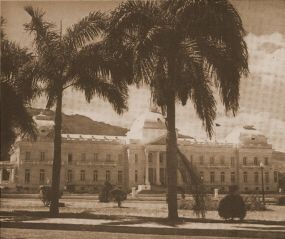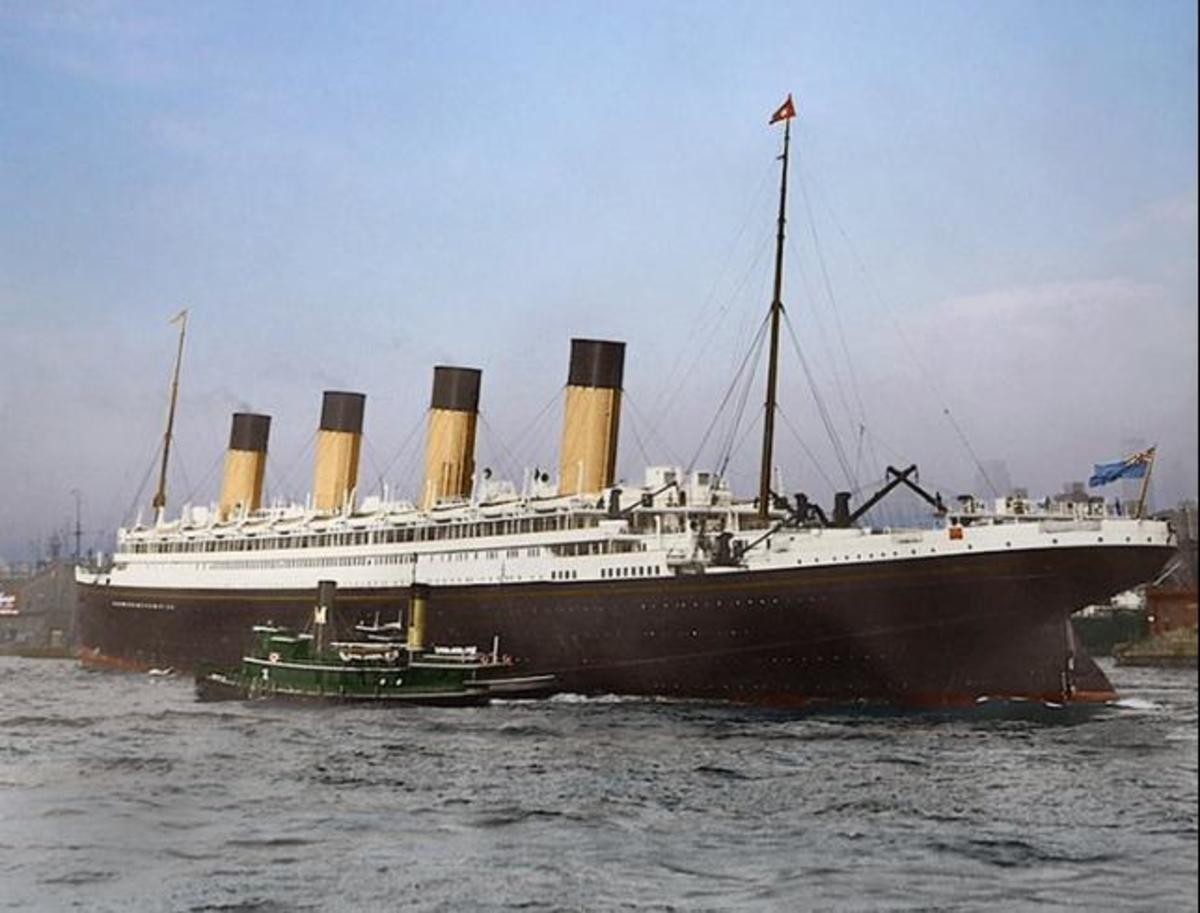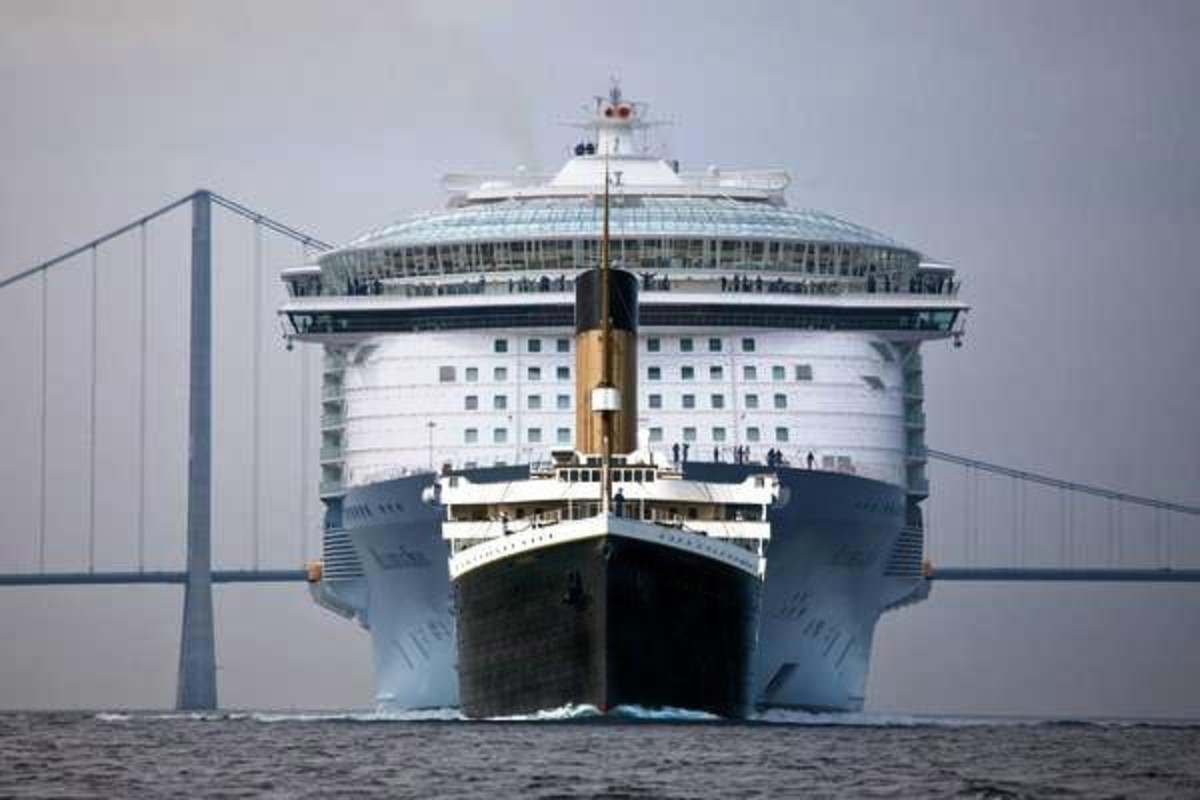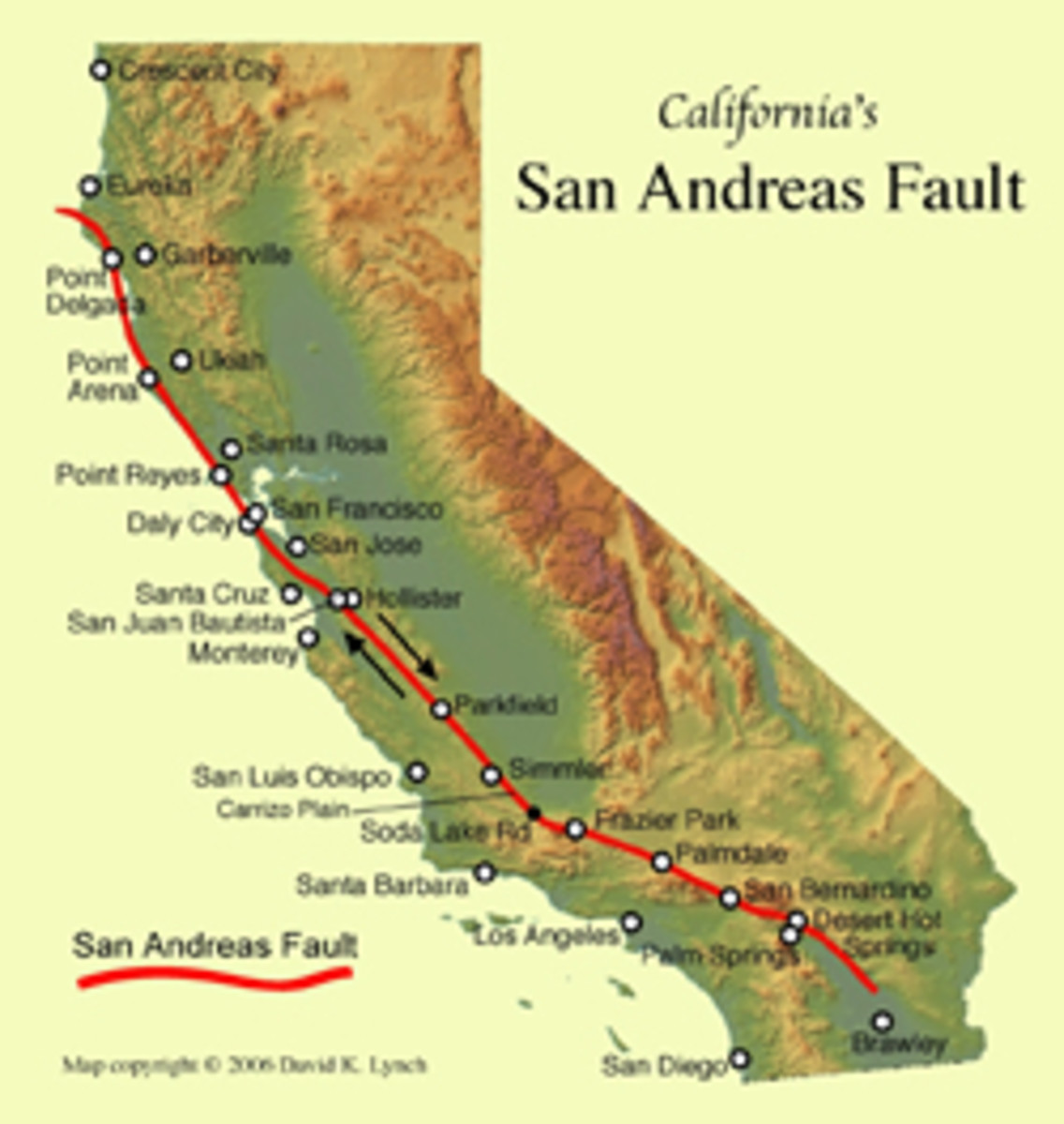The World's Largest and Most Destructive Earthquakes
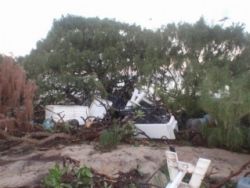
Frequently Updated News
On January 12, 2010, Haiti had a very destructive 7.0 magnitude earthquake. Feburary 27, Chile had an 8.8, one of the largest and most powerful ever recorded. Just a few days later, Taiwan had a 6.4. On March 8, Turkey had a 6.0 and Hawaii had one the same day. Then Japan had one several days later. March 16, Los Angeles, California had a 4.4.
February 22, 2011, New Zealand was hit by a large earthquake. March 11, 2011, Japan was hit by an earthquake and a tsunami.
You can find the latest news and videos here and donate to help. All of the royalties from this lens (web page) will be donated to help. Photo Credits: PD.
Prepare for Disaster Books
Be ready to survive an earthquake.
My Earthquake Story
Back about the year 1990 or 1991, we had a small earthquake in a part of America that doesn't usually get earthquakes. I was down under the ground in a basement, so I really felt the earth move and shake. It was kind of like very loud thunder in a thunderstorm. It didn't cause much damage to anything. They said in the news a few days later that it was an earthquake.
New Zealand Earthquake
February 22, 2011, New Zealand was hit by a large 6.3 earthquake.
Haiti
History
Christopher Columbus went to Hispaniola in 1492 with his ship the Santa Maria. The ship's crew stayed and built a fort while Columbus sailed on and discovered gold in the Dominican Republic. In 1697, France took control of the island and they brought in slaves. In 1791, during the French Revolution, the slaves rebelled against their French masters. Toussaint L'Ouverture took control and restored order to the country. But in 1799 Napoleon came to power in France and he sent an army to capture Toussaint. Many of the French soldiers caught yellow fever and the rebels defeated the weak army in 1803. In 1804, General Jean Jacques Dessalines, the leader of the rebels, proclaimed the colony an independent country named Haiti.
The Coat Of Arms

Land and Climate
Two chains of rugged mountains run across the Northern and Southern parts of Haiti and form two peninsulas at the West end of the island. The Northern peninsula goes out into the Atlantic Ocean and the Southern peninsula extends into the Caribbean Sea. A gulf and an island lie between the two peninsulas. Haiti has a tropical climate with mild temperatures. They range from 70* to 90* F. (21* to 35* C) along the coasts and from 50* to 75* F (10* to 24* C) in the mountains. Sometimes destructive hurricanes strike Haiti between June and October. A few of them have caused major damage.
The National Palace - In Port-au-Prince
